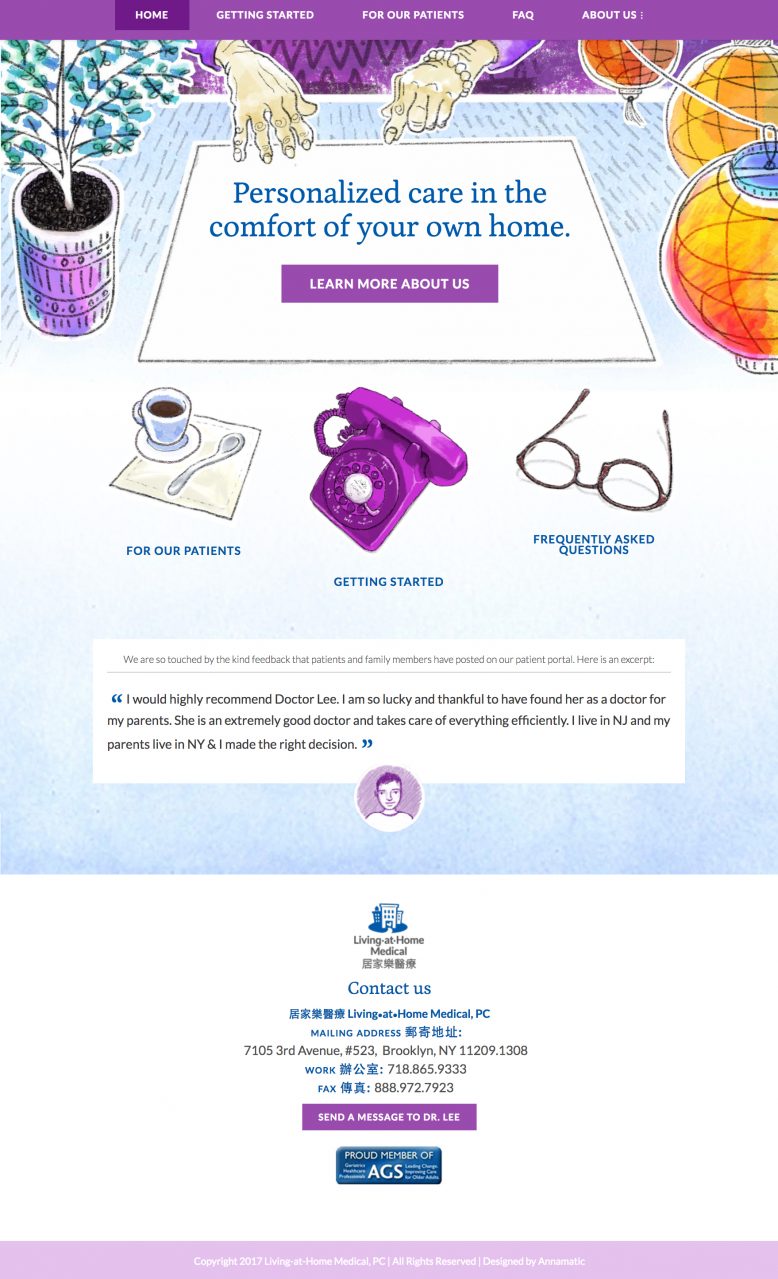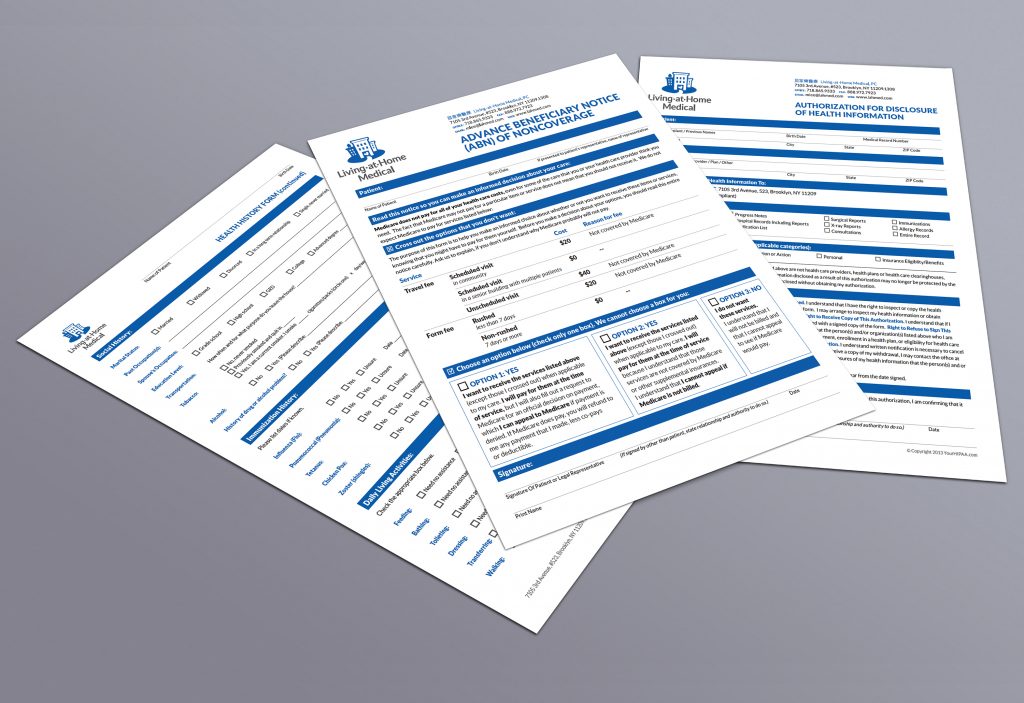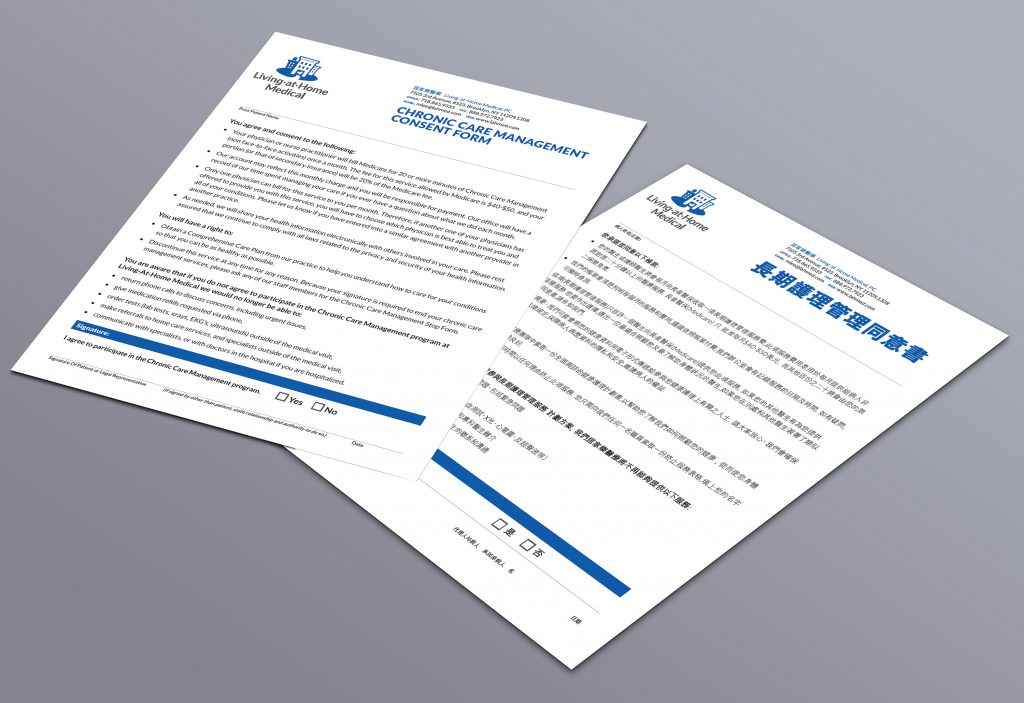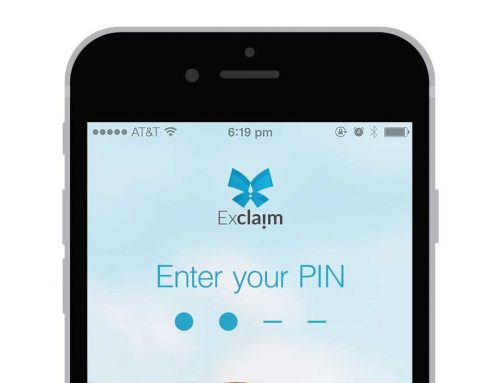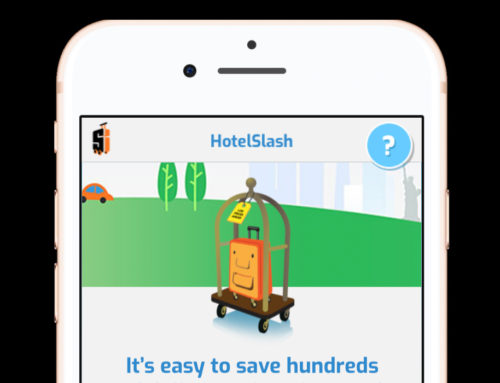Project Description
Living-at-Home Medical
Skills:
Analysis
Branding
Form Design
HTML/CSS
Illustration
Stationery
UI/UX Design
Visual Design
Wireframing
Wordpress
For many disabled, chronically-ill, frail or hospice patients, frequent visits to clinics and hospitals for check ups and lab work can be nearly impossible. Living-at-Home Medical is a small house calls medical practice in New York City that provides personalized, culturally sensitive geriatrics and palliative care in the comfort of the patient’s own home.
The practice needed a responsive website design that was accessible for the vision impaired, welcoming and informative to new patients, offering HIPAA-secure access for existing patients, all while visually communicating a heartfelt and warm professionalism to reassure patients that frequently resist clinical hospital environments. Custom illustrations were created for the home page, to convey a nurturing and comforting atmosphere in keeping with the practice’s mission.
To help site visitors get to what they need quickly and easily, the site content was organized into separate pages for new patients (where an intake form packet can be downloaded and then securely uploaded) and existing patients (where they can sign into the patient portal, download helpful documents, and message the doctor securely).
The site was also integrated with a HIPAA-compliant messaging service (Klara) to facilitate quick communication between patients and practitioners. And last but not least, the site needed to be available in two Chinese dialects in addition to English, to communicate effectively to both patients and caregivers.
To meet all of these goals in a format that the client could easily update, this website was designed and built with a customized WordPress theme.
Seeing a new doctor in the U.S. often necessitates filling out a lot of forms. Sometimes these forms, while legally required, can be needlessly dense, redundant or unclear, especially for elderly patients who don’t speak English as a first language. Moreover, patients or their caregivers can be overwhelmed during the doctor’s visit, making it difficult for them to fill out the forms accurately.
To improve on this small part of the patient experience, we made all required forms available online bilingually and, as well, provided a HIPAA-secure way for caregivers to upload the completed documents in advance of the doctor’s visit. Each form was redesigned to clearly present which requested information was required or optional and to anticipate any confusion that patients might have.


